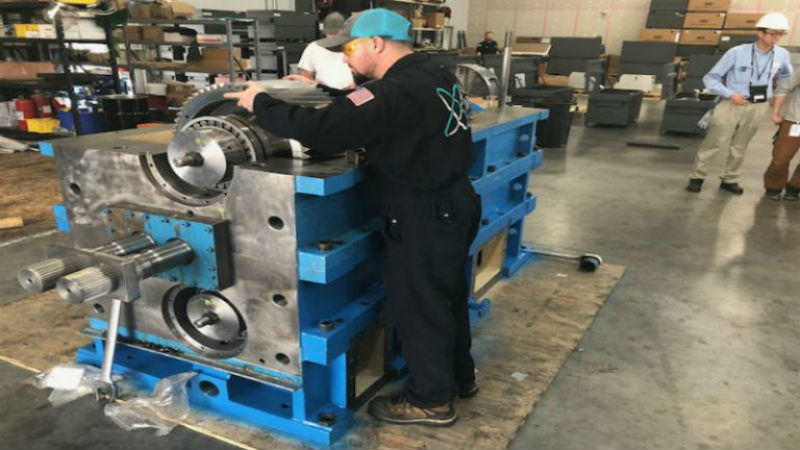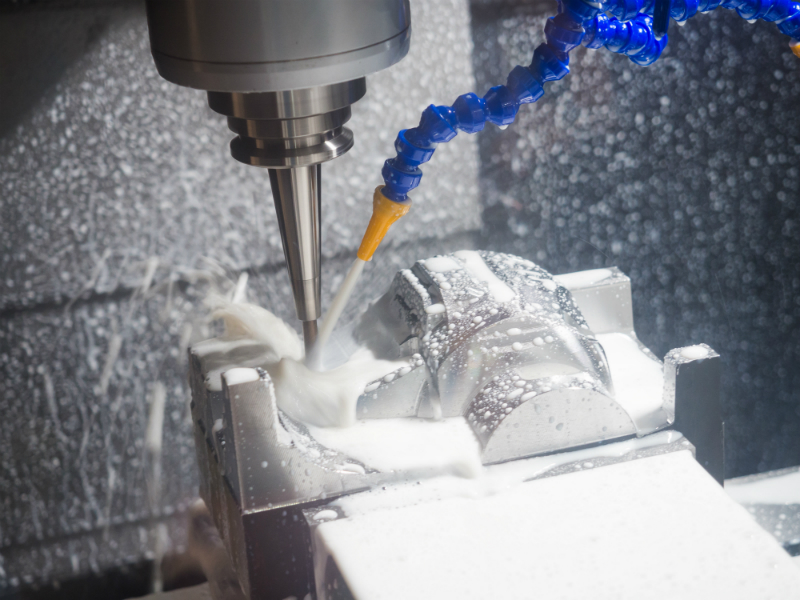When choosing a replacement hydraulic cylinder, or when choosing a new cylinder for a design for a new piece of equipment, machine or system, there are many different factors to consider. The more factors that are known and identified, the better the fit between the cylinder selected and the specific application.
As with any type of part or component in a system, matching the requirements for the cylinder with the weight and working conditions of the system results in better performance, less risk of cylinder failure and less time spent in repairs over the life of the system.
Whether you are selecting a standard, off the shelf type of cylinder, or if you are considering a custom-made hydraulic cylinder, here are some important decisions to make before placing an order.
Cylinder Type and Size Considerations
There are two considerations for the cylinder, the body type, and the action. A welded body cylinder offers a streamlined option where the end caps are welded solidly on the body. A tie rod cylinder has rods running up the outside from collars on the two end caps, which creates a wider, broader type of cylinder.
A single acting hydraulic cylinder uses one hydraulic hose and port while a double acting has two, which is a consideration in equipment and systems.
Load and Lift
The mass is the amount the cylinder will need to move with the heaviest load. Do not use an average, but rather use the maximum mass that will need to be lifted or pushed.
The geometry is the position of the cylinder in relation to the weight of the load and the movement required. Straight up and down lifts, where the load is centered, are easier to calculate than lifts where the cylinder is distant from the load, such as on a crane or a hoist.
As these calculations can be difficult, working with a custom cylinder manufacturer is important. These companies can calculate the precise size and configuration of the cylinder for your specific application.








